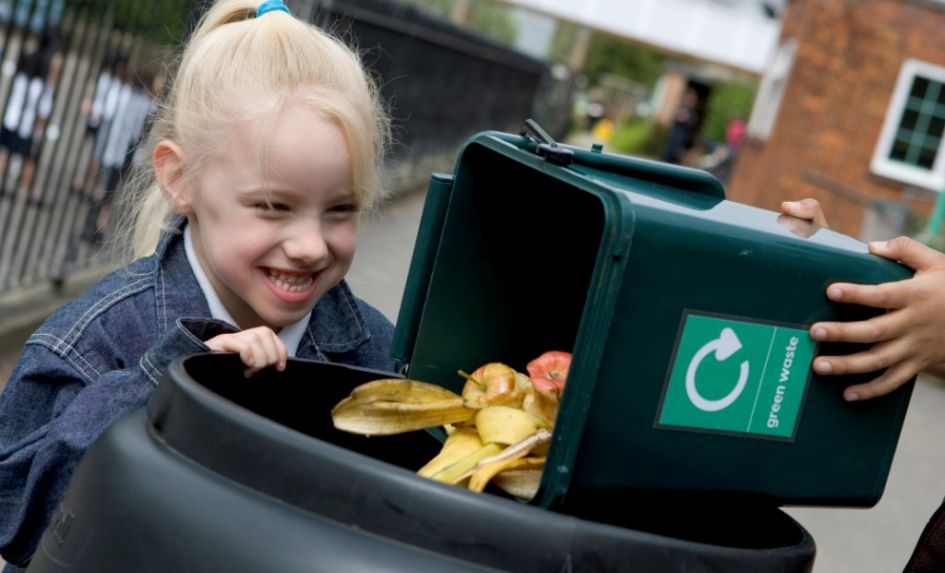We all know how important recycling is, and we all have a role to play in reducing our contribution to climate change by saving energy and precious natural resources.
Take plastic bottles. All LAs collect plastic bottles, and fortunately most of us recycle, yet there’s still a lot to do. Over 35 million plastic bottles are used each day in the UK, and nearly 16 million of those aren’t put out for recycling.
Schools can play a huge part in this. If they can put effective recycling systems in place, and educate their pupils on the importance of recycling and sustainability, they’ll soon start making a positive impact on behaviours both at school and at home.
Why recycle at school?
An average primary school generates 45kg of waste per pupil per academic year, so there’s much for them to gain by operating effective recycling systems. As a first step, set up and use a waste audit and action plan (see wrap-audit for a worksheet that can help with this) and contact your LA’s recycling department to see if they can offer a recycling collection for your school.
There may also be privately operated schemes and services in your local area, such as organised collections of printer cartridges, which could present money saving opportunities.
You may be provided with internal recycling containers by your council or service provider; otherwise you’ll need to buy your own. Use the data from your waste audit to decide what type, size and quantity of recycling bins will suit your school best.
Give some thought as to who will empty materials from your internal recycling containers into external facilities, how they’ll do it, any equipment they might need and how often it will be done.
Make recycling easy
Recycling points should be positioned as close as possible to waste sources. For example, place paper recycling bins beside photocopiers and printers. In other areas, put recycling points and rubbish bins next to each other, so that it’s no extra effort for everyone to recycle. However, be careful to label all recycling points very clearly, so that everyone knows what should go in them.
Similarly, make sure you use clear signage. You can find a range of free posters and signage for schools at the Recycle Now Resource Library.
If your recycling efforts are to be successful, it’s essential to involve as many pupils and members of staff as possible. If the school community takes ownership of various tasks and responsibilities, the participation is likely to be higher and the recycling more effective. Whole school involvement will also ensure that the recycling you do continues, even after enthusiastic staff and pupils move on.
Points to consider
- Access: Are there any restrictions in terms of timings/vehicle access to your school site?
- Frequency: How often will your recycling need be collected?
- Storage: Where will your school store recyclable materials?
- Health and safety: Discuss these with your school’s H&S representative
- Budget: How much will your recycling service cost?
Jackie Bailey is project manager at the Waste and Resources Action Programme; further details on setting up a school recycling scheme can be found at partners.wrap.org.uk/campaigns/recycle-now/schools.









